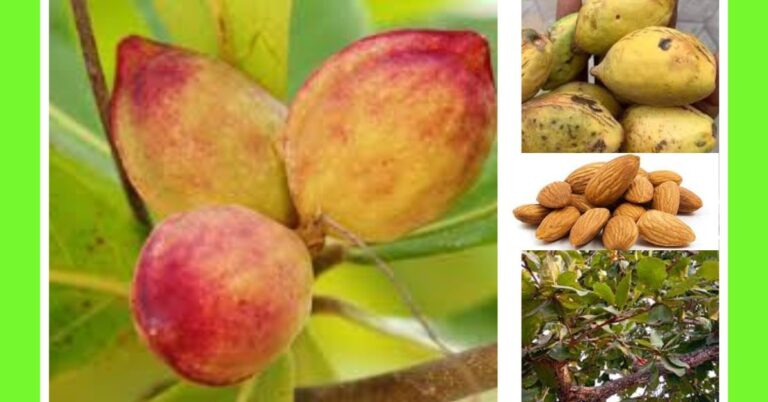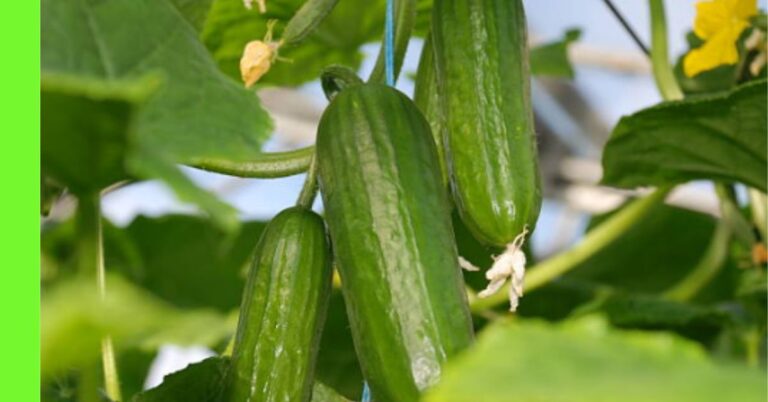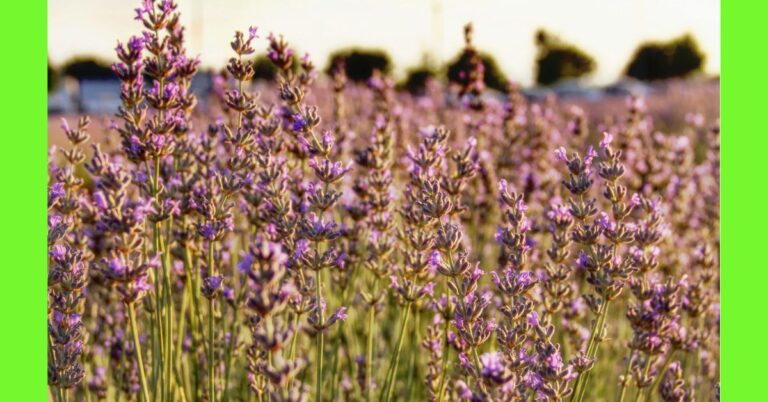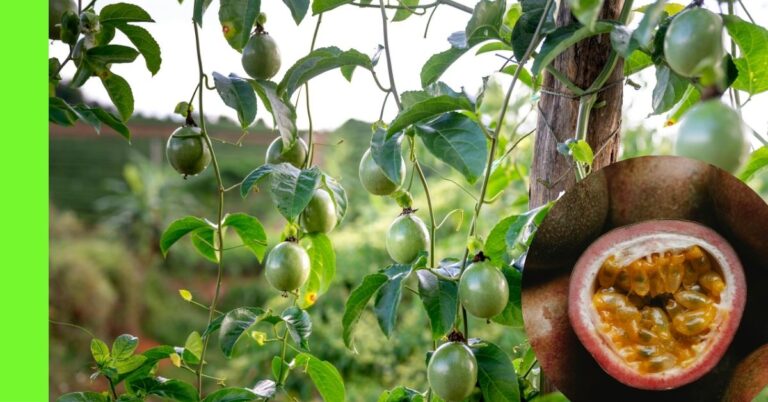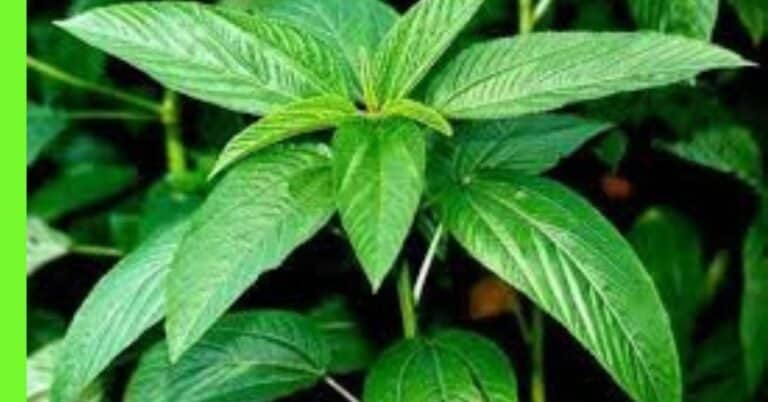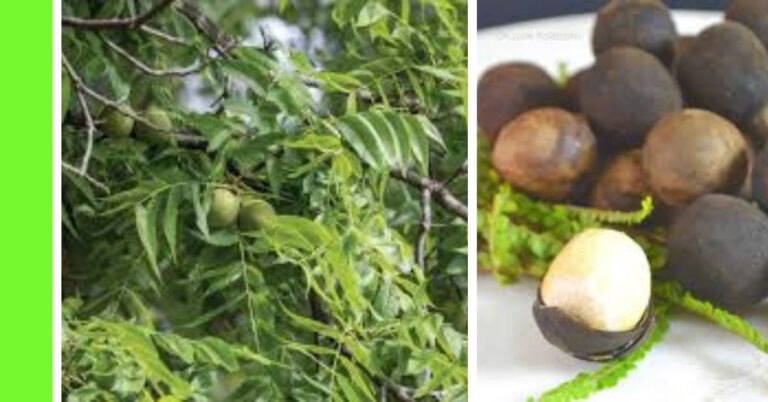Planting Bitter Leaf: See How To Plant Bitter Leaf
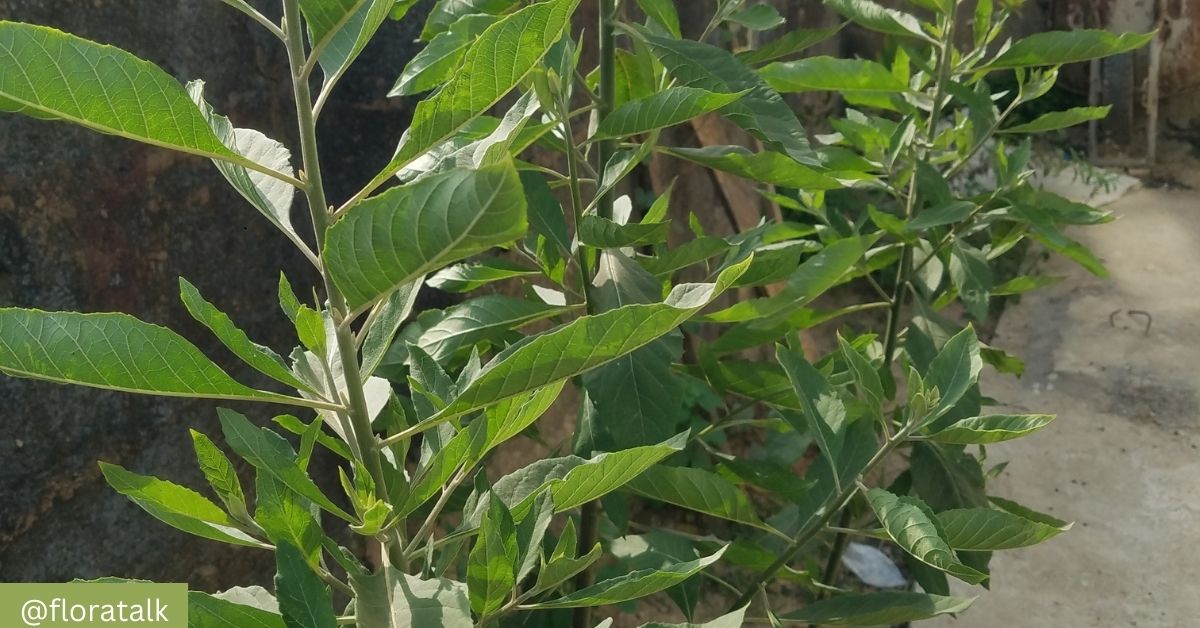
Bitter leaf plants with botanical name Vernonia amygdalina is a shrub belonging to the daisy family.
It is a vegetable plant cultivated for the leaves.
The leaves are used for food and medicinal purposes.
One to two plants of bitter leaf is sufficient for a family depending on the usage and family size.
Bitter leaf plants do not require so much space to grow as little as the space for a flower bed is enough to grow bitter leaf plants.
Description of the Bitter Leaf Plant
Bitter leaf is a perennial plant, with a single firm and upright, woody stem that branches out
The stem carries the leaves as well as the woody branches.
Its leaves are green in colour with an oval shape with a segregated edge.
The stem can grow up to a height of about 2 m (6 ft) high.
They produce flowers that are white in colour and bear the seeds.
Planting Season For Bitter Leaf
In Nigeria, bitter leaf can be grown at any time of the year,
and the leaves are available all year round.
Planting Bitter Leaf
Step 1: Choose a Location
Decide on the best location or spot to grow the plants,
Be sure the location is open to sunlight,
The soil is well drained and sandy loamy soil.
Step 2: Land Clearing and Preparation
Clear the location from glasses shrubs,
Till the soil and add manure or compost to the soil
If planting in containers, fill up the containers with soil and manure.
Step 3: Means of Propagation (Seed Selection)
Bitter leaf can be propagated by seeds and stem cuttings
The popular way to propagate it is through stem cuttings.
The stems are gotten from matured bitter leaf plants.
This can be sourced from a garden or farm store.
Or from an existing bitter leaf plant in your home or a neighbor.
Seed Selection
There are various varieties of bitter leaf
Decide on your preferred choice.
Get the seed or cutting.
Step 4: Planting
Planting via stem
Make a hole in the soil deep enough to hold the stem firm and upright and cover the hole back with soil.
Or
Till the soil to soften it insert the stem into the soil
Leave a minimum of about 5 cm (1.9 in) of the stem above the soil.
Note that the sizes of the stem would differ in length depending on how they are cut.
A stem length of about 15 cm (6 in) or more will do.
When putting the stem into the ground make sure that the nodes on the stem are faced upwards
The leaves will spring out from those nodes.
Planting via seed
Make a hole about 1.2 cm (½ in) deep in the soil and place the seed in the soil and cover up the hole with soil.
A spacing of 70 cm (28 in) or 90 cm (35 in) between each plant.
Step 5: Water
Water the plant immediately after planting
And water regularly once a day, until the leaves begin to spring up and subsequently twice a week.
Although bitter leaf is a resilient plant much drought will affect its proper growth.
During the rainy season there may be no need to water the plant except where the rains have been absent for a while.
During the dry season irrigation is required.
Maturity and Harvest
Bitter leaf stems begin to bring out new leaves after about two weeks from the time it was planted.
And seeds germinate about 7 – 14 days after planting.
Bitter leaf is ready for harvesting 3 – 4 months after planting.
Bitter leaf plants, except uprooted from the root, will keep growing all year round.
To harvest, use a cutlass or strong knife to cut the branches.
Pruning
Prune the plant from time to time is important to help it produce better.
Pest and Diseases
Pests
- Aphids
- Caterpillar
- White flies
- Leaf miners
- Slugs
Diseases
- Bacterial Leaf Spot
- Powdery mildred
- Leaf Spot
- Root Rot.
- Leaf blight
Pest and Disease Control
- Avoid over watering.
- Use disease resistant plants
- Weed regularly
- Avoid dense planting.
- Destroy affected plants.
- Weed regularly

